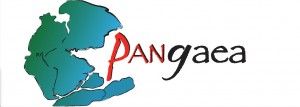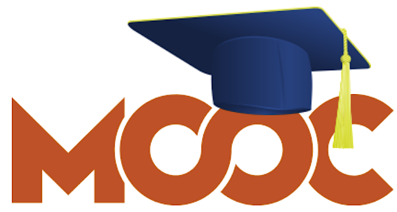Our new geospatial graduates have every reason to be happy.
The good news that came out in April is that there are more vacant jobs in the U.S. than unemployed people, the highest amount in 50 years. And this jobs boom is a global pattern that extends to almost all industries, including the professional services and construction sectors where most geospatial jobs are concentrated. What’s more is that your expertise in geospatial tech has been named by Upwork, a global freelancing job website, as one of the top 20 fastest-growing and in-demand skills in the U.S. gig economy.
Skills Mismatch

Although news like this might just calm the pit of the first-time jobseeker’s stomach, it deserves a second look. You see, one of the factors why more jobs are available is because employers are finding it hard to hire qualified workers. This lag in hiring is a result of what economists call a “mismatch” between the skills that are required to fill the current crop of jobs and the actual skills that jobseekers have.
Take, for example, the current skills required to work in the geospatial industry. A few years back, a college diploma in surveying or GIS and remote sensing would have gotten you a job. Now graduates are also expected to fly UAVs, write codes, create apps—you name it. According to one geo-industry observer, we GIS specialists “are no longer special anymore.”
This fast and constant change in the industry is striking, and definitely we don’t want our students’ skills to be redundant as soon as they leave school. How can we and they be better prepared to enter the geospatial workforce?
MOOC
MOOC is the answer. When I started to observe how college subjects could not keep up with advances in geospatial technology and the demands of the industry, I encouraged my students to take Massive Open Online Courses. If they have a lot of time to spare on social media, surely any Internet-based learning platform is worth the investment to learn new geospatial skills. Besides, MOOCs are typically free of charge and taught by topnotch teachers from respectable universities.
Many MOOC providers offer geospatial-related courses, from beginner-level courses that focus on GIS and spatial analysis to more advanced courses on big data programming and AI-based mapping. A few years back, I took Coursera’s Maps and the Geospatial Revolution, the world’s first digital mapping MOOC, to keep myself updated on the current trends in my field. Now I’m looking forward to taking their more advanced Spatial Data Analysis and Visualization Program.
For those interested in working in urban areas, I recommend Introduction to Urban Geo-Informatics from edX. And for people who prefer to learn Google’s location-based products, Udacity’s partnership with that company has allowed it to offer MOOCs that focus on Google APIs and Android tools. You can also check out Esri’s high-quality MOOCs, as well as Autodesk University for free tutorials given by industry experts.
Do MOOCs Work?
So far the answer is positive. In a Harvard study, 26% of MOOC learners reported to have “found a new job” after completing an online course, while 62% said that they “enhanced their skills for their current job.” Others who took part in the study also reported that they were able to start a business after completing a MOOC, a sign that people will take the risk of being self-employed once they have new skills.
The main point to ponder is this: whether you are a student, a graduate, or an employed professional, the key is reskilling. Acquiring new skills will make you better at your current job, while those seeking jobs will most likely find one. So before you splurge on that long-planned summer holiday, you may want to ditch the outdoors just for now, turn on your computer, enroll in a MOOC, and start updating your skillset.
Congratulations to all recent graduates!
 This article appeared in xyHt‘s e-newsletter, Pangaea. We email it twice a month, and it covers a variety of unusual geospatial topics in a conversational tone. You’re welcome to ssubscribe to the e-newsletter here. (You’ll also receive the once-monthly Field Notes newsletter with your subscription.)
This article appeared in xyHt‘s e-newsletter, Pangaea. We email it twice a month, and it covers a variety of unusual geospatial topics in a conversational tone. You’re welcome to ssubscribe to the e-newsletter here. (You’ll also receive the once-monthly Field Notes newsletter with your subscription.)


